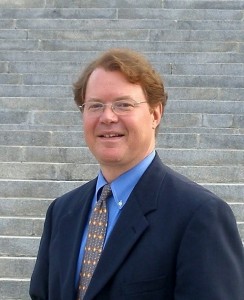The 2011 National Career Clusters Institute has wrapped up another successful year in Atlanta, GA. Attendees chose from a plethora of exciting breakout sessions and were engaged in three powerful general sessions:
Opening General Session: Connecting the Pieces: Career Clusters, Career Technical Education (CTE), and the Common Core with panelists Jan Bray of the Association for Career and Technical Education (ACTE), David Barnes of the National Council of Teachers of Mathematics (NCTM), Jill Cook of the American School Counselor Association (ASCA), and Peter Smagorinsky, Professor of English Education, the University of Georgia.
Middle General Session: Roadtrip Nation Co-founders Mike Marriner and Brian McAllister shared their story of how their simple grassroots idea of learning about careers has become a nationwide movement, sparking a documentary series on public television, books and curriculum, all focused on helping people define their own roads in life.
Closing General Session: USA TODAY Director of Education Resource Development Jan Brown shared how technological innovations are shaping the way our society communicates today in her presentation Thinking Outside the Box, Way Out!
Information on these sessions and more will be posted soon. Resources from the breakout sessions are being uploaded to the www.careertech.org website as they roll in.







